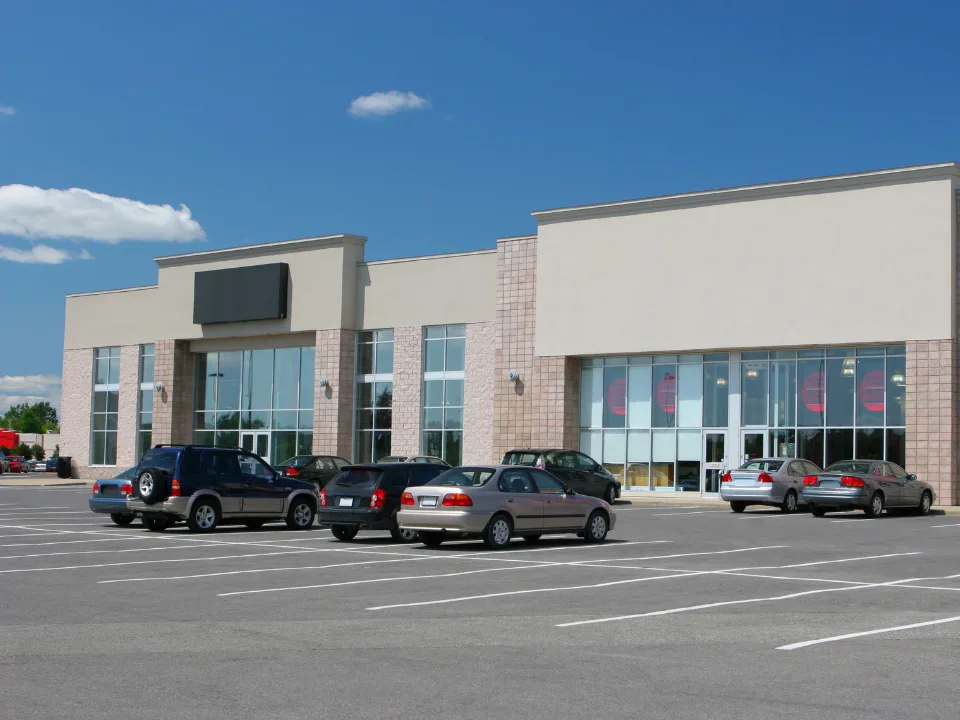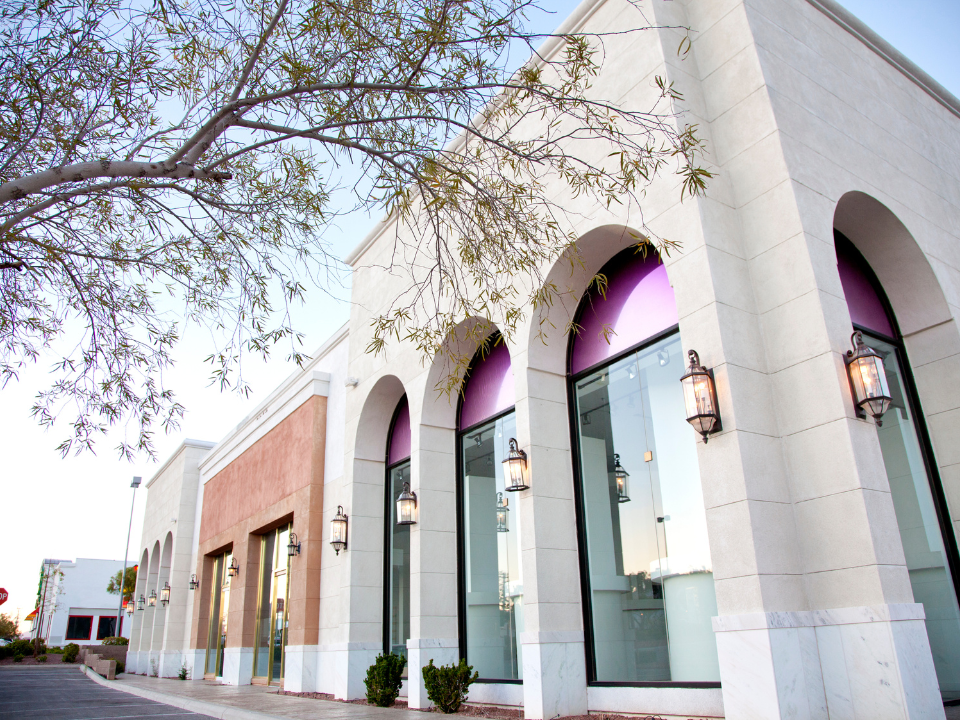- Retail vacancy rates have remained below 5% for 11 consecutive quarters, dropping to 4.3% outside of California.
- Core retail sales hit record levels in August, driving strong tenant demand and a net absorption of 32 MSF over the past year.
- Fast-food and discount retailers are expanding, helping fill large spaces vacated by big-box stores, while retail construction remains limited.
The U.S. retail sector continues to outperform other CRE segments, with national vacancy rates staying below 5% for 11 straight quarters, according to Marcus & Millichap’s Q4 2024 retail report.
Resilient consumer spending and limited new construction have driven demand, and vacancy rates are even lower in markets outside California, as GlobeSt reported.
Strong Tenant Demand
Core retail sales hit new records in August 2024, as consumer spending remained strong despite inflationary pressures. This resilience fueled tenant demand, resulting in a net absorption of 32 MSF of retail space over the past year.
Vacancy rates outside of California dipped to 4.3%, while average asking rents continued to rise, reflecting the tight market conditions.
Investment Trends
While the retail sector remains robust, potential challenges loom, including tightening household budgets and a softer labor market.
However, the recent interest rate cuts are expected to boost discretionary spending and tenant demand by lowering mortgage and consumer loan costs, which could drive retail foot traffic.
Retail accounted for over 40% of trades in the $1M—$10M price range, with private investors focusing on net-leased assets and small shopping centers, often as part of 1031 exchange transactions.
Notably, fast-food-related trades increased as chains continued to expand, and larger vacant spaces were swiftly filled by discount and off-price retailers.
Long-Term Outlook
With a limited retail construction pipeline, most expanding retailers are expected to lease existing space.
The recent interest rate cuts are likely to drive investor demand for financing, potentially leading to more loan originations and strengthening the retail sector in the coming quarters.

















